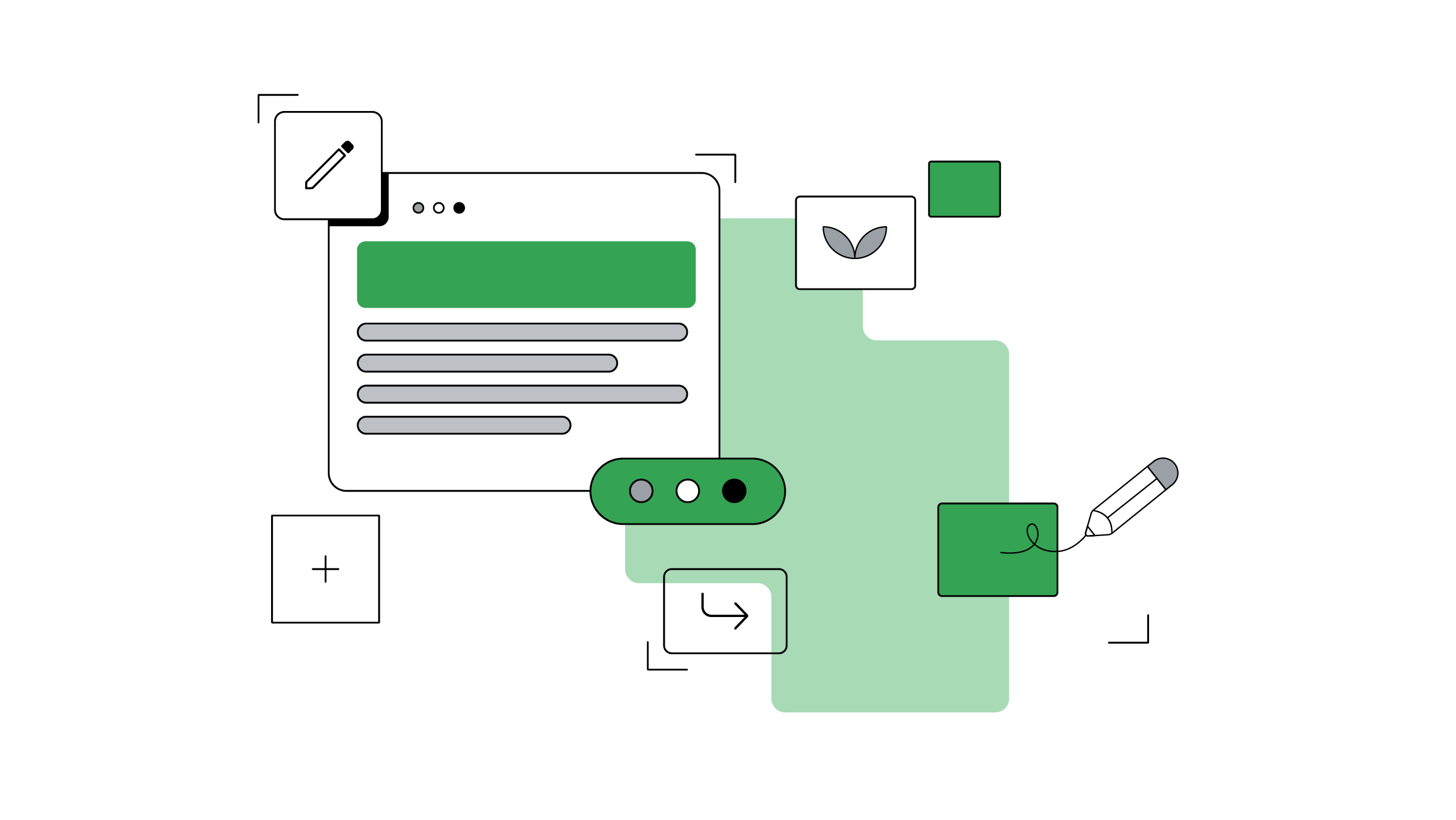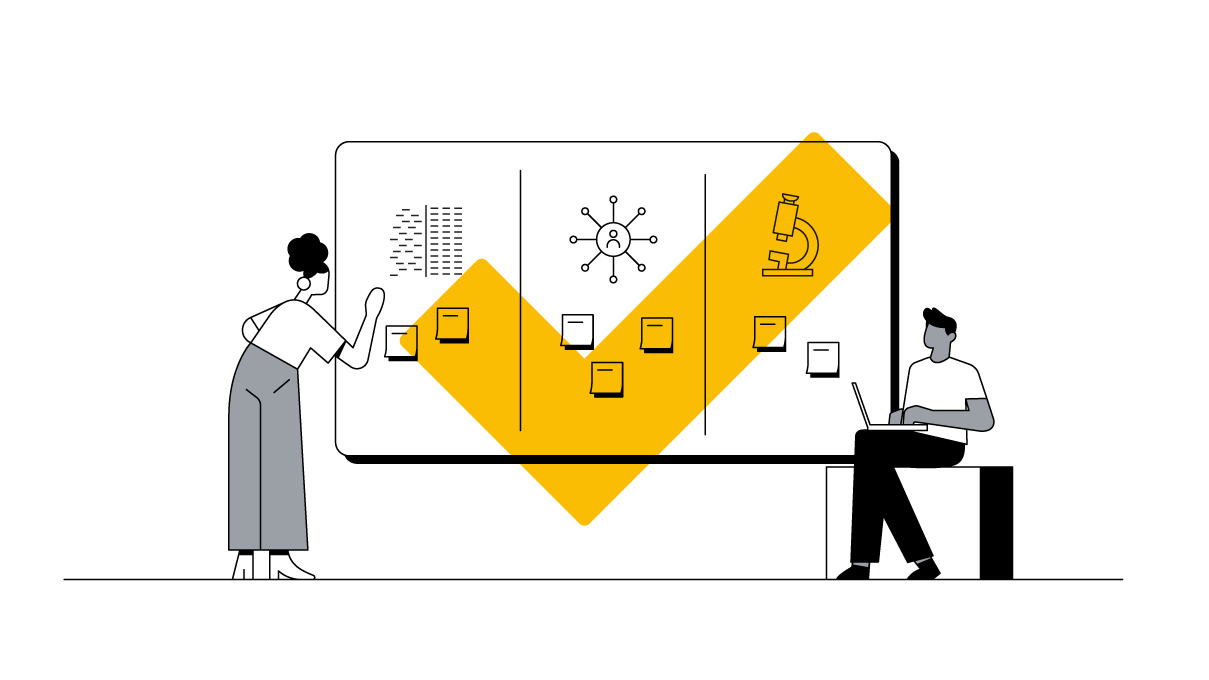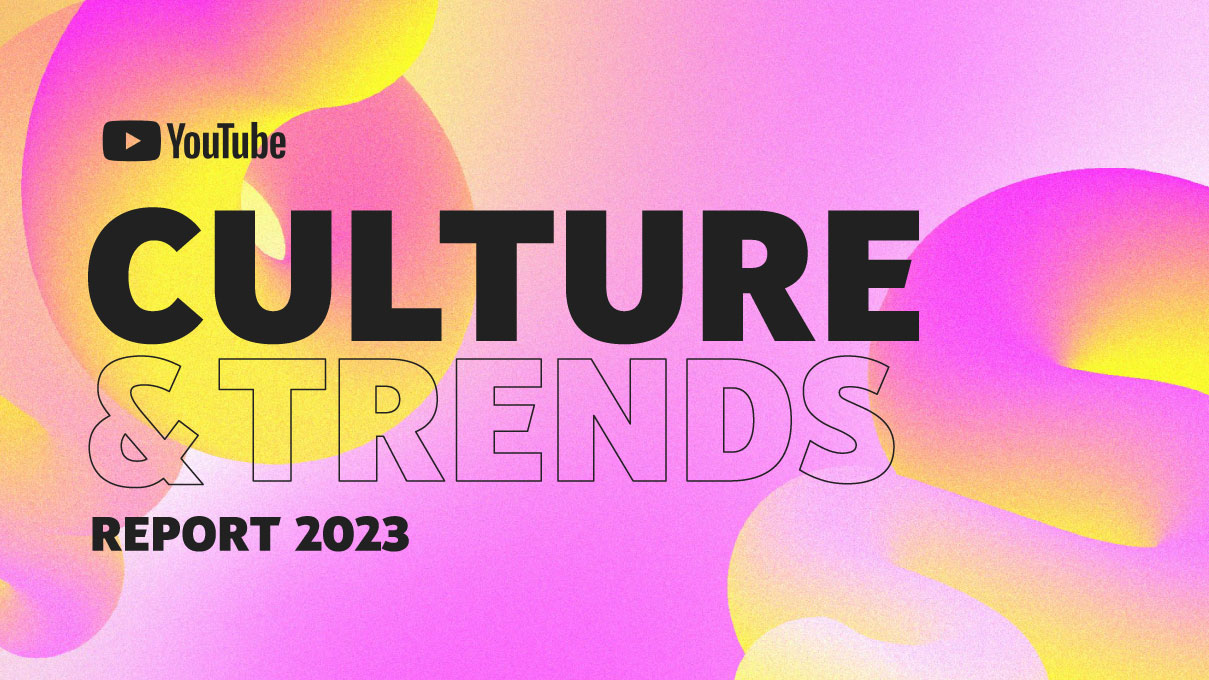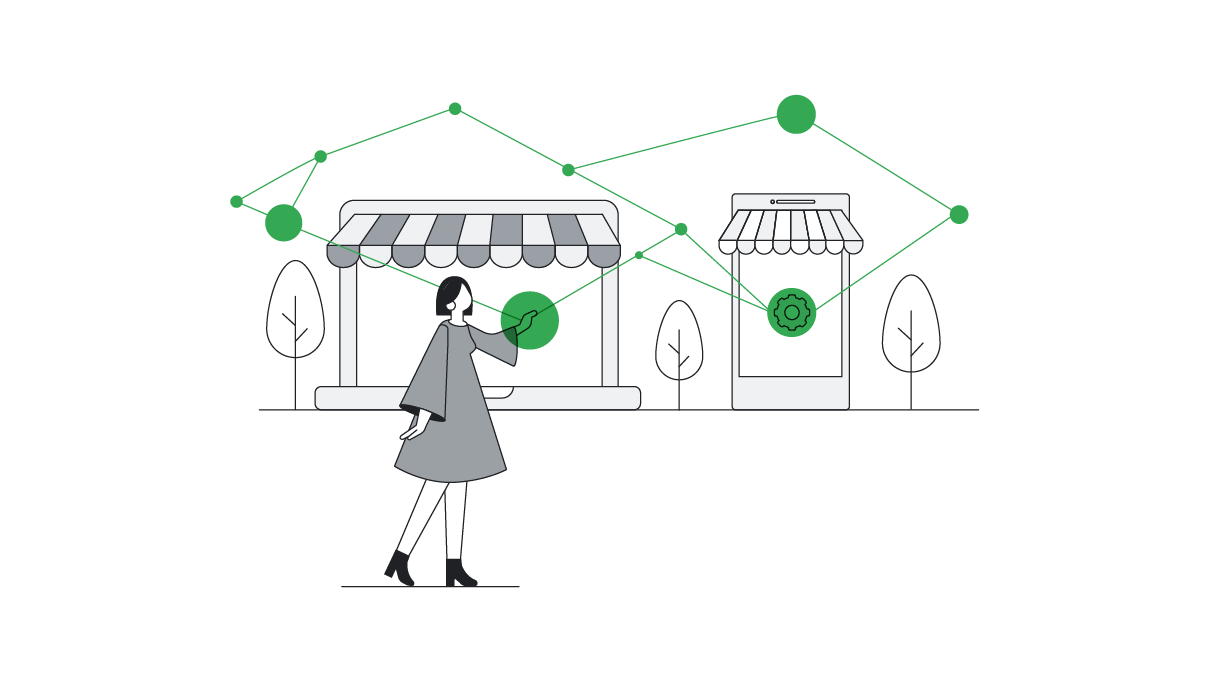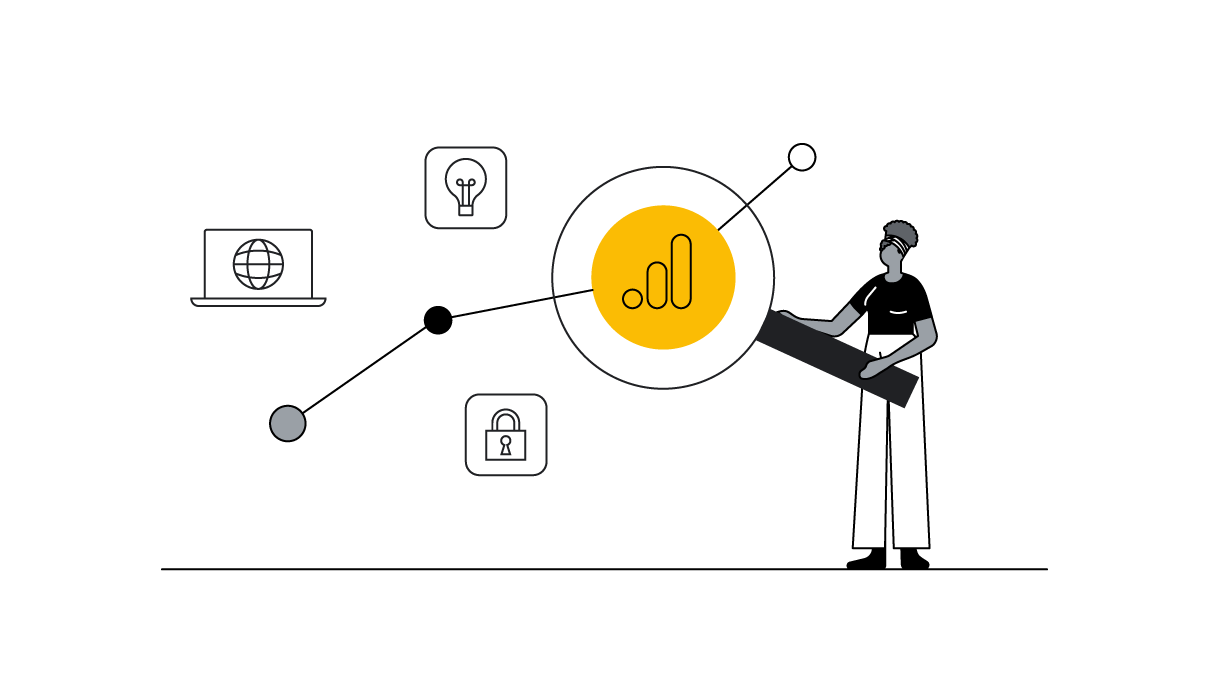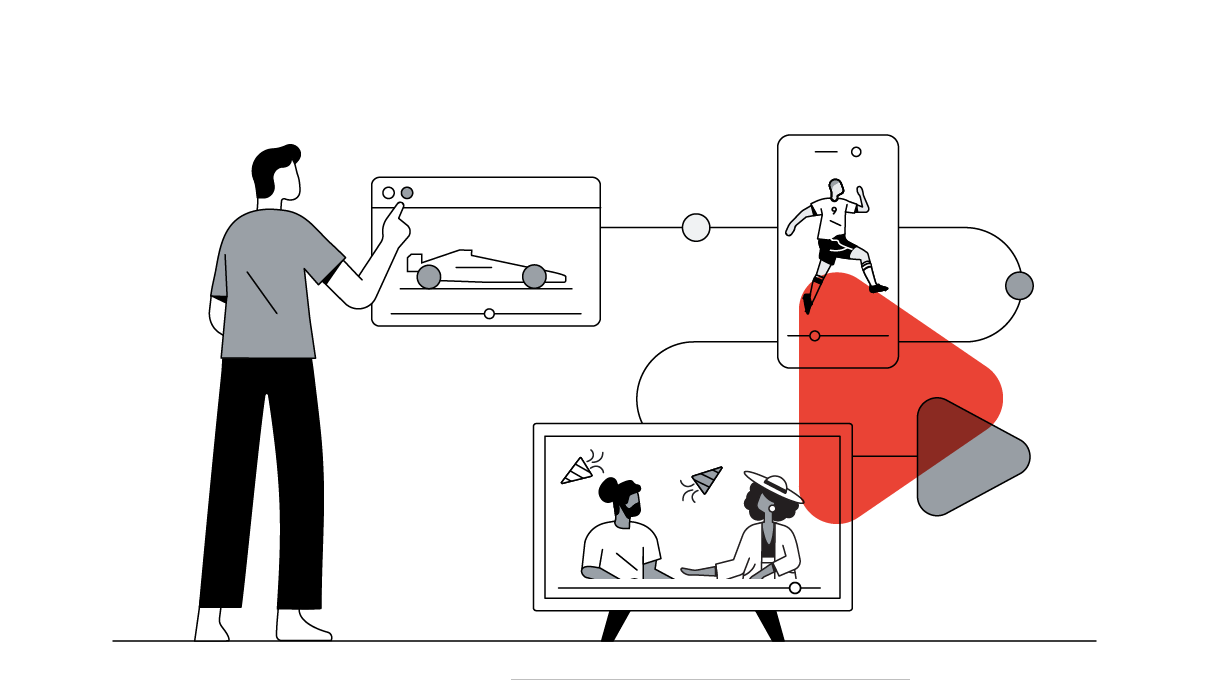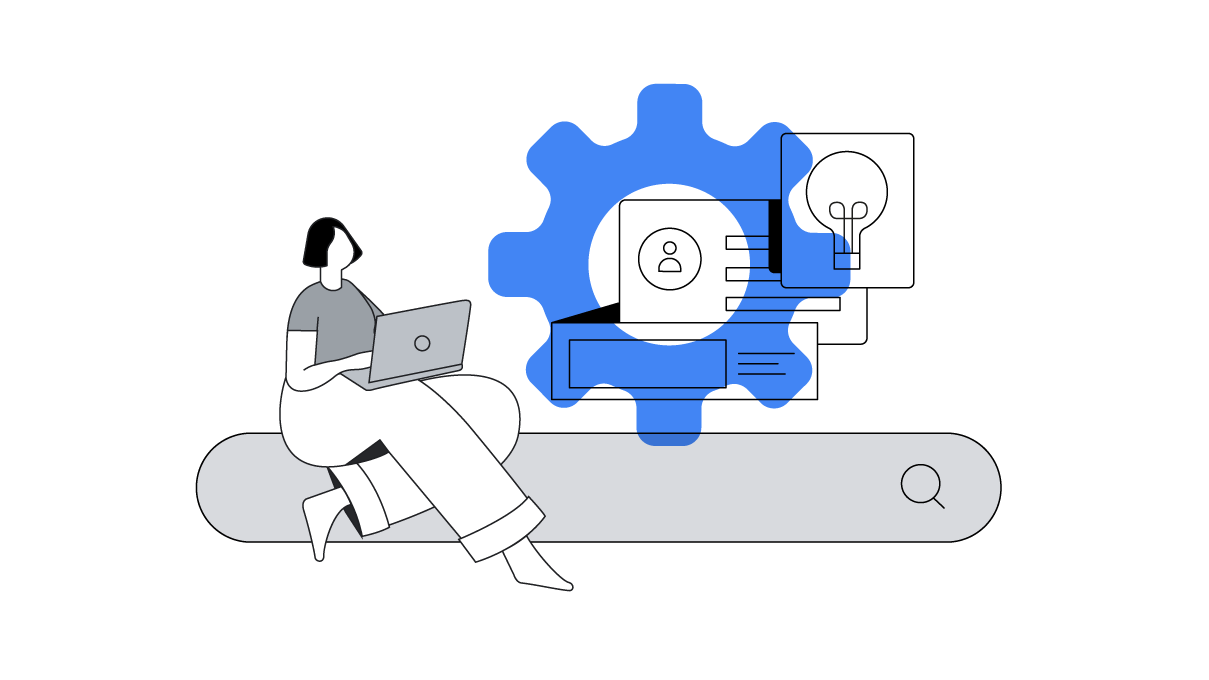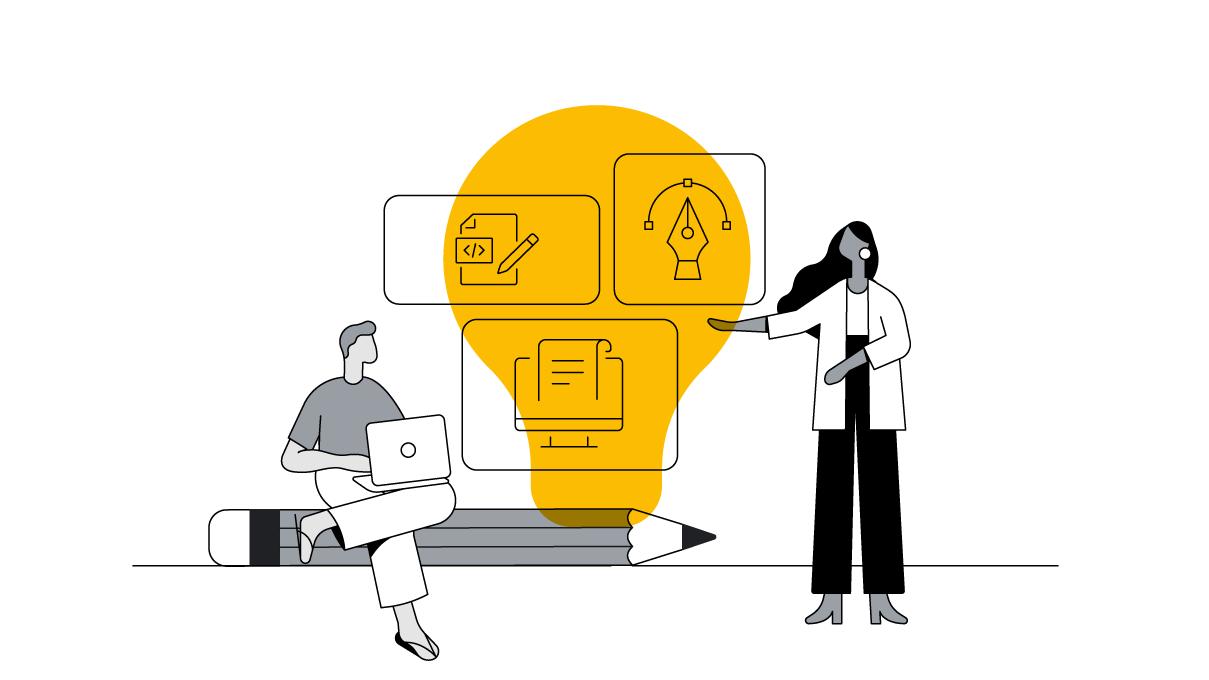Advertisers have ever more options for how and where to buy media. As a result, they often use multiple platforms to deliver a single campaign that may include display ads, video ads, audio ads, connected TV ads, digital out-of-home ads, and more.
There are a few reasons marketers may choose to work with several partners, instead of just one, including access to exclusive inventory or a desire to preserve long-standing vendor relationships. Unfortunately, this splintered marketing approach has created recurring problems, such as overtargeting individual consumers with the same message and losing a unified view of campaign effectiveness. The result is wasted media dollars and a poor user experience.
The good news is that media consolidation is feasible.
How can marketers mitigate these challenges? It’s an urgent question, since the number of channels they use to reach audiences will only grow as users hopscotch from app to app, website to website, and device to device.
The good news is that media consolidation is feasible. These case studies include some specific examples of advertisers who have successfully unified their media-buying approach in ways that have helped them properly cap frequency, preserve a positive user experience, and maintain a single source of campaign data.
Danone increases ad effectiveness by consolidating video ad buys
Global food producer Danone focused on improving its campaign effectiveness and efficiency by eliminating excessive media impressions. It embraced this new strategy after observing a major consumer shift to streaming along with growing concerns in linear TV, including ratings declines and cost increases.
To identify and remove wasted spend, Danone worked with agency Wavemaker to consolidate all video ad buying in Google Display & Video 360 with the goal of increasing campaign effectiveness by reducing frequency.
“Rather than overexposing users across campaigns, we’re able to [identify repeat] impressions and push those impressions out to other users who haven’t seen the ad, ultimately increasing our audience reach,” Kevin Manke, Danone’s senior manager of media and data strategy, told AdExchanger.
Danone estimates that consolidating its video buying activities helped it achieve 20% cost savings while increasing overall ad effectiveness up to 50% for some brands.
Unilever Argentina increases reach by unifying media buys
In addition to increasing efficiency, brands that consolidate their media investments can connect with new audiences in target markets. That’s because improving frequency management offers incremental reach to new consumers by reducing overlaps in ad exposure.
In Argentina, Unilever turned to campaign-level frequency management when looking to promote its brands to new potential customers. It partnered with Matterkind to analyze how efficient it would be to unify its frequency controls across multiple campaigns, media types, and environments. With the goal of prioritizing reach and minimizing overexposure, it then consolidated all display and video strategies in a single buying platform. This single point of entry to media inventory gave it control over frequency caps for all insertion orders under one weekly campaign frequency. In just one month, the organization achieved an additional 30% increase in reach.
Suntory PepsiCo Vietnam Beverage cuts costs by centralizing data
The more places you buy media, the harder it is to measure overall marketing effectiveness. Conversely, when you consolidate media buys through a single point of access, you gain a complete picture of how well campaigns perform.
Before consolidating its media buys, Suntory PepsiCo Vietnam Beverage (SPVB) relied heavily on data from local publishers. This data was fragmented and often unverified. As a result, the largest nonalcoholic beverage brand in Vietnam struggled to get a consolidated view of its campaign performance. Along with agency Mindshare, it ran a 10-week experimental campaign that unified cross-channel media buys to measure the impact of frequency management on media waste.
During this trial campaign, SPVB realized a 37% decrease in cost per reach compared to industry benchmarks and a 27% lower cost per unique user. It also saw a 1.4X higher consumer reach compared to a control campaign. Buying media through a single door allowed the brand to easily see all this data in one place, making campaign evaluation easier and more reliable than it had been previously.
“We see this as a simple, uncomplicated solution to scale our reach across premium publishers using best-in-class technology,” said Vo Hoang Viet, director of media and marketing operations at SPVB.
As a next step, the team decided to consolidate media buys across all of its brands.
L’Oréal Germany simplifies campaign success evaluation
Measuring the true impact of media buys has never been as simple as marketers would like. Even when consolidating media buys through a single buying door, calculating the gains in campaign effectiveness and efficiency can be time consuming.
L’Oréal Germany realized that consolidating its programmatic media buys resulted in 16% greater reach.
L’Oréal Germany was looking for an easy way to measure the success of its consolidated media campaigns. The brand wanted to analyze how many additional impressions it could achieve by using a single buying platform. With its Garnier Greentalk campaign, L’Oréal centralized all media buys with Google Display & Video 360 and used the platform’s frequency management value quantification tool to gain a holistic view of the campaign’s performance.
The company quickly realized that consolidating programmatic media buys resulted in 16% greater reach, getting its message in front of 1.3 million additional users for this single campaign.
“We are now able to see the exact added reach for each of our campaigns, which is a big step up for our campaign success evaluation,” says Nils Lenzko, precision advertising manager at L’Oréal.
Make every ad dollar count
With so many available media buying options, it’s important to make sure you’re not wasting ad dollars or constraining your reach by serving the same customers again and again. Brands thinking of unifying media buys through a single buying door should evaluate all buying partners to thoroughly understand the unique value each provides. Additionally, a trial campaign can help teams understand the risks and benefits associated with consolidating spend. Once those vetting steps are taken, many find that consolidating media activity provides significant upside in new audiences, efficient customer acquisition, and more trustworthy measurement.
